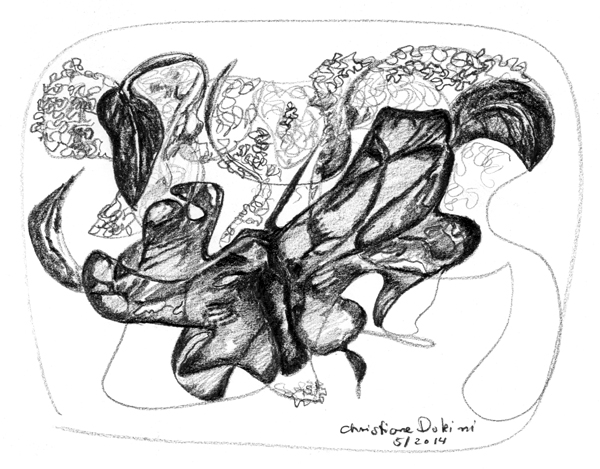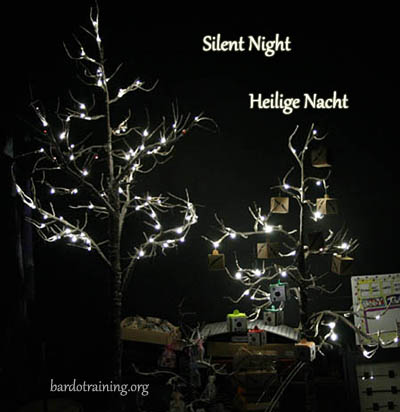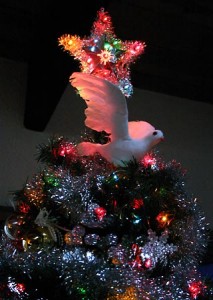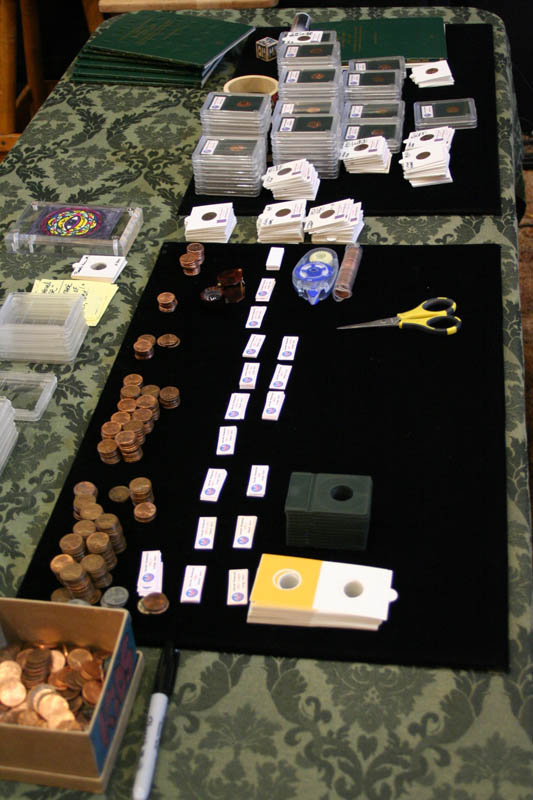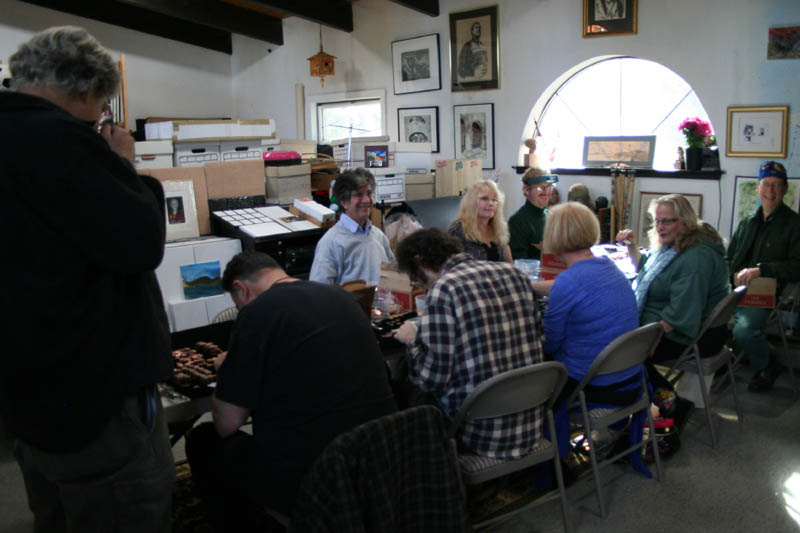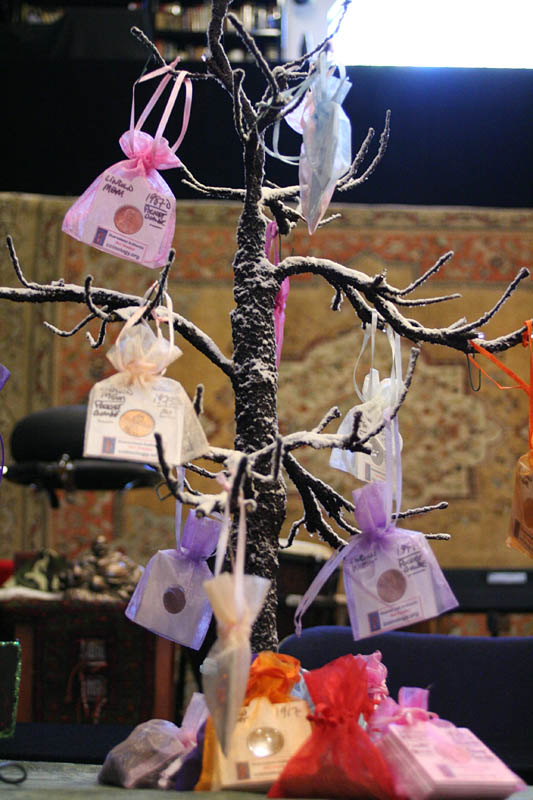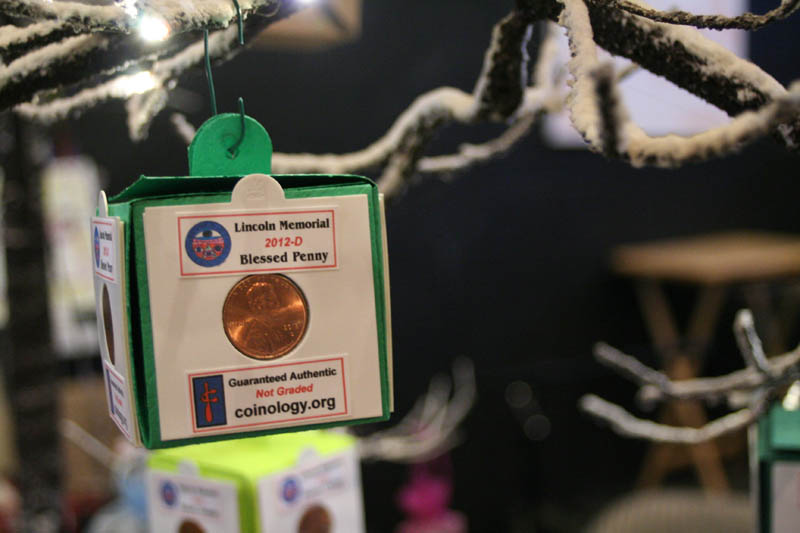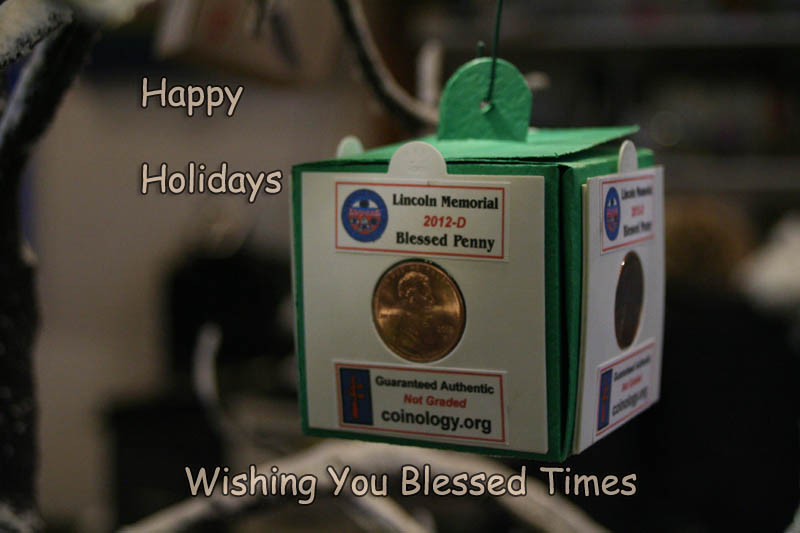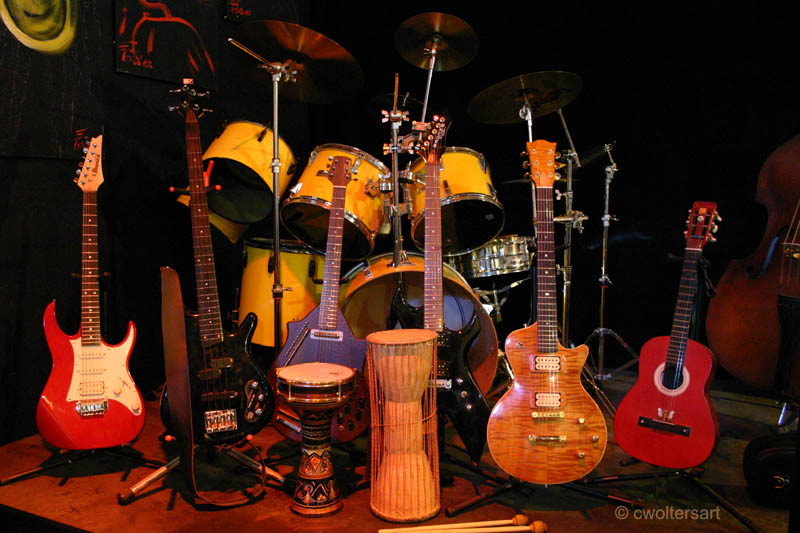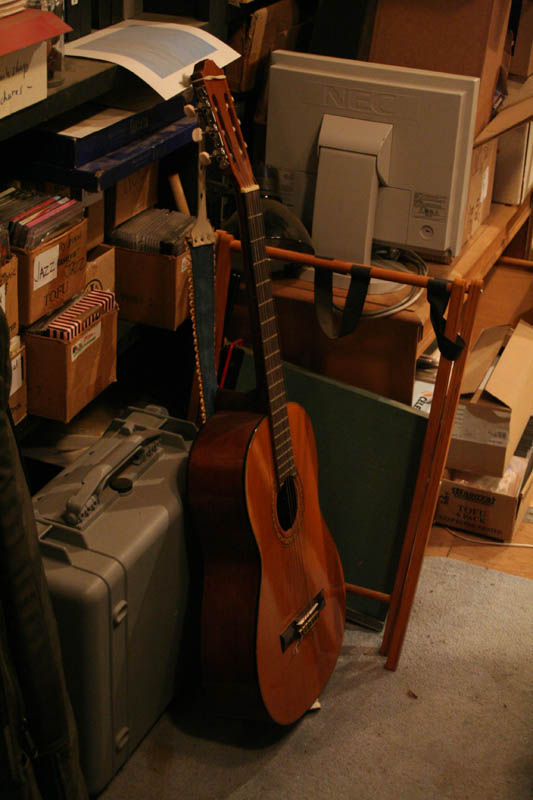I wrote this years ago and found it saved in my documents. While most of this is about the origin of how we used money, let me just say that I try to stay away from today’s banking system money-making greed mentality as far as I can. Not sure, it was ever different in human history. Still, it is interesting to explore what has been before.
If you really just want to get to the core of collecting coins, check here 🙂
Brief History of Money
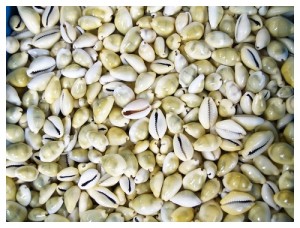 No matter what form money takes, its defining elements are that it is a medium of exchange, and as such is a measure of the value of assets, i.e. a unit of account, and it can be used as a store of value. Any asset can be used as money, provided it is accepted as such by the power of convention or general agreement and positive experience and provided that people have trust in its value and its stability. In brief: money is something generally accepted as a medium of exchange, a measure of value, or a means of payment.
No matter what form money takes, its defining elements are that it is a medium of exchange, and as such is a measure of the value of assets, i.e. a unit of account, and it can be used as a store of value. Any asset can be used as money, provided it is accepted as such by the power of convention or general agreement and positive experience and provided that people have trust in its value and its stability. In brief: money is something generally accepted as a medium of exchange, a measure of value, or a means of payment.
Since the domestication of animals ca. 9000 BC and the cultivation of crops, both livestock, particularly cattle, and plant products such as grain, came to be used as money in many different societies at different periods. Cattle and grain were probably the oldest of all forms of money and were still used for that purpose in parts of Africa in the middle of the 20th century. Practical or ornamental items such as shells, weapons, tools, salt, tea and jewelry also served as mankind’s early monies. The use of commodities as means of exchange persisted in some societies for hundreds of years after the invention of coinage.
Cowrie shells have been the most common shell media and are probably the oldest in usage for exchange. They have circulated as currency in more places in the world than any coin.
From an economic growth point of view the importance of the coin is that it reduces transaction costs by eliminating or reducing the costs resulting from tests of metal quality and weighing. There is evidence that the transactional gains from guaranteed money, whether in the form of coins, loaf-shaped ingots, or tied sacks, were being reaped in the ancient Near East as early as the third or second millennium BC.
Cappadocian (in modern-day Turkey) rulers around 2250- ca. 2150 BC guaranteed quality of silver ingots. The state guarantee, probably of both the weight and the purity of silver ingots, helped their wider acceptance as money.
Development of Mesopotamia Banking originated in Babylonia ca. 3000 – ca. 2000 BC out of the activities of temples and palaces which provided safe places for the storage of valuables. Initially deposits of grain were accepted and cattle, agricultural implements, precious metals and other goods. One of the main uses of writing, invented in Mesopotamia around 3100 BC, was for keeping accounts.
In China ca. 1000-500 BC, tool currencies were metal models of valuable implements that had previously been accepted in commercial exchanges, e.g. spades, hoes and knives.
With respect to the origins of coinage, most scholars believe that it begins in Lydia (current-day Turkey) in Asia Minor in the second half of the seventh century, ca. 600 BC. The first true coin was probably the Lydian Lion. It consisted of electrum, a naturally occurring amalgam of gold and silver. Lydia was in close proximity to both the civilizations of Mesopotamia, from which ideas about money and much else originated, and the Greek colonies in Asia Minor, through which ideas about coinage spread. The Lydians are not only the first people to coin money but also the first to open permanent retail shops. There are, of course, Greek traditions placing coinage much earlier.
Use of coins spread rapidly from Lydia to Greece. Aegina (ca. 595 BC), Athens (ca. 575 BC), and Corinth (ca. 570 BC) started to mint their own coins. Prior to the introduction of coinage, the Athenians had used iron spits or elongated nails as money. Pythius, around 600 BC, operated throughout western Asia Minor and became the first banker in the area of Greece and Asia Minor of whom we have records. Many of the early bankers in Greek city states were foreign residents.
In China, round, base metal coins were invented ca. 600-300 BC. The date is uncertain but these were probably at least roughly contemporary with the development of coinage in the West, and possibly much earlier. Being made of base metal, the Chinese coins were of relatively low value.
During the reign of Croesus, the Lydians started producing coins of pure gold and silver instead of electrum, ca. 550 BC. This was the world’s first bimetallic coinage.
After Croesus, the King of Lydia, was captured by the Persians in 546 BC, the use of coins spread to Persia. Unlike the Greeks, the Persians preferred gold coins over silver.
Athenian Owls were first produced 546 BC by the tyrant Peisistratus, using silver from the Laurion mines 25 miles south of Athens. Discovery of a rich seam of Silver in the Laurion Mines lead Themistocles to persuade the Athenians to use some of the proceeds to build a fleet of warships. Greek civilization was saved by the victory of the Athenian fleet over the Persians in the Battle of Salamis 480 BC.
In 407 BC, Sparta captured the Laurion Mines and released 20,000 slaves from the mines. Silver supply to Athens was cut off, which then, 406 – 405 BC, issued bronze coins with a silver coating.
This lead to hoarding of silver coins by the Athenians. Silver coins quickly disappeared from circulation, leaving only the inferior bronze ones. This is referred to in the comedy The Frogs by Aristophanes 405 BC, who refers to how the new, inferior coins having displaced the old superior ones from circulation. It’s probably the world’s first statement of Gresham’s law, that bad money drives out good.
Greek banking transactions were carried out primarily in cash. Pasion, a slave, became the wealthiest and most famous Greek banker 394 – 371 BC and gained his freedom and Athenian citizenship in the process.
Rome was attacked by the Gauls in 390 BC. The cackling of geese in the capitol, where the city’s reserves of money were kept, alerted the defenders. The grateful Romans build a shrine to Moneta, the goddess of warning, and from Moneta the words money and mint were derived.
Greece and Macedonia were united during the 360 – 336 BC reign of Philip II of Macedonia, 360 – 336 BC. During his reign, he deliberately minted far more coins than required for the immediate needs of his kingdom, probably to support the campaign against Persia that he was planning before his assassination. Among these coins was the golden stater celebrating his triumph in the chariot race in the Olympics in 356 BC – an early example of the use of coins as propaganda. The earliest coins widely circulated among the Celts of central and northern Europe are copies of Philip’s stater.
According to Demosthenes, normal interest rate in Greece ca. 350 BC was 10%. For risky business, such as lending for shipping, rates of between 20% and 30% were considered normal.
Alexander the Great reigned from 336 – 323 BC. During the conquest of Asia Minor, the cost of maintaining Alexander’s army reached about half a ton of silver a day. Later enormous quantities of Persian bullion were captured. The coining of the previously stagnant Persian gold stocks and payments to Alexander’s soldiers, many of whom settled in new towns founded by him, gave an enormous stimulus to trade throughout his empire.
Alexander also simplified the exchange rate between silver and gold by fixing it at 10 units of silver equals one of gold.
Long before Egypt came under Greek control, grain had been used as a form of money in addition to precious metals, and state granaries functioned as banks. During the Empire of the Ptolemies in Egypt, 323 – 30 BC, the local warehouse deposit system was transformed into a fully integrated giro system with a central bank in Alexandria. Payments were made by transfer from one account to another without money passing.
Romans were relatively late in adopting coinage. Cumbersome bronze bars were still commonly used as currency ca. 275 BC. Regular issues of silver coins are minted by the Romans ca. 269 BC and widely circulated.
Because of the enormous demand for coins to pay troops during the 2nd Punic War between Rome and Carthage, 218 – 201 BC, the Roman rulers caused inflation by debasing their coinage in purity and weight.
Carthage was defeated by the Romans, which aided the rise of Delos, a barren Greek island, as a prominent banking center. Transactions were carried out by giro or credit transfer. Delos capitalized on its magnificent harbor and famous temple of Apollo to become a financial center.
Leather money was issued in China ca. 118 BC. It consisted of pieces of white deerskin, about one foot square, with a value of 40,000 cash. (The cash was the name of a base metal coin).
In his account of his two raids in Britain, 55 & 54 BC, Julius Caesar noted that the Britons still used sword blades as currency. However, a number of Celtic tribes had begun to mint their own coins of gold, silver, bronze and potin (alloys of copper and tin).
The Roman monetary and taxation systems were reformed by Augustus Caesar during his reign 30 BC – 14 AD. He issued new, almost pure gold and silver coins, and new brass and copper ones. He also introduced three new taxes: a general sales tax, a land tax, and a flat-rate poll tax.
So at the latest by the time of the Roman Empire, humans went from livestock and grains and things like shells to using coins as money and even developed giro transfer. However, the use of commodities as means of exchange persisted in some societies for hundreds of years after the invention of coinage.
Experience has shown that the value of coins vouched for by the inscription of the ruler’s name was not always identical with the actual value of the coin, which was the result of its weight and metal fineness. In the case of paper currency, the difference between the material and monetary value became even more striking and the link between the nominal value of banknotes and the substance of money became even more tenuous. Finally, the link to substance has been abandoned completely in the case of electronic money – only the symbol remains.
And cowrie shells, the most widely used “coin” of humankind, are now pretty shells to be admired, being used in jewelry and, in some places, still as fertility symbols.
This summary was composed from a wide variety of sources. It was intended to give a broad, general overview over the early development of what we call money.
Cowrie Shells
Cowries, particularly the Money Cowrie (C. moneta) and Ring Cowrie (C. annulus) have circulated as currency in more places in the world than any coin. Cowries belong to the family Cypraeidae, a family of marine snails found in the tropics.
Of all the shells used as ancient currency, cowrie shells have been the most common shell media and are probably the oldest in usage for exchange.
Although widely distributed throughout the Indo-Pacific, the Maldive and Laccadive islands supplied Cypraea moneta for most of the world’s trade until the 18th Century.
The Maldivians had developed a simple and highly efficient means of collecting the shells: Bundles of coconut palm leaves are laid out in shallow lagoons. The cowries aggregate on them, probably because they like to feed on the layers of detritus that accumulate on the leaves. After some time, the bundles are pulled out onto the beach. The cowries die in the hot sun and get shaken off onto the sand. They are then buried in a pit until the flesh rots away, leaving clean empty shells to be retrieved.
The Maldives were noted as the center of the cowry trade over a period of 4000 years, from the earliest records of Arab merchants to the accounts of adventurers and later European visitors.
The shells were carried from the Maldives to the Mediterranean by Arab traders. They were transported across the Sahara and further to Europe by competing Portuguese, Dutch, English and French traders for onward transport to the West African coast. They served to purchase the slaves exported to the New World. The Europeans were surprised that the natives preferred cowrie shells over gold coins.
Cowries probably arrived in Africa by the 10th century and possibly earlier, preceding European colonization by hundreds of years.
Cowries have been found in tombs of predynastic Egypt, c.5000 BC, likewise in those of Shang China, c.1500 BC. They also circulated throughout India, Afghanistan, Iran, Southeast Asia, China, and Melanesia. Cowries were placed in graves as unlikely as prehistoric Latvia and Anglo-Saxon England, and were known and sought by Native Americans before the European Invasion. In China, from 1200-800 BC, cowrie shells were important valuables and in India cowries have been found in association with coins from sites dating from the first century AD.
Cowries were highly prized as a means of exchange for several of the same reasons that modern cowries are valued: they are durable, difficult to forge and have a limited source of supply. They have also been used as jewelry, dowry and fertility symbols.
The value of the cowrie varied widely with time, place, demand, and supply.
A few examples can indicate the range: Togo, l896: 4000 = 1 German mark Inland Tanzania, 1880s: 4-5000= 1 Maria Theresia thale Congo, c. 1900: 30-60,000 = a male slave New Guinea highlands, 1924 5 = 1 small pig
Though single cowries have served as small change and gambling, most trade was conducted in bulk.
They were imitated or at times substituted by cheaper shells causing inflation.
Bone cowries are not uncommon antiquities in China, and it is generally assumed that the “ant and nose” coins are cowrie derivatives. There is a school of thought that sees a cowrie model for the original lumpy Greek coinage. Gold cowries have been found in Ancient Cypriot graves, bronze specimens in Etruscan tombs. Nowadays, cowries are simply beautiful shells.
This brief summary about cowrie shells was compiled from a wide variety of sources.
